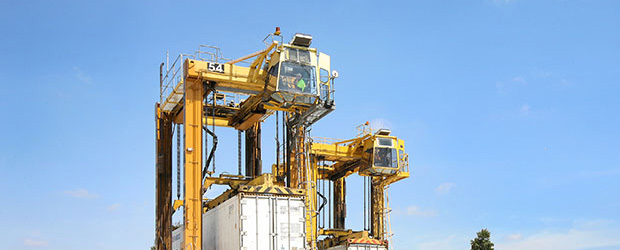
Understanding the spatial limitations of your cargo carrier shoots high into the top ten list of decisive factors when you're evaluating a productive and profitable commodities transportation circuit. The product is cooled and protected by the intermodal container, but is it carrying as much of your product as is feasible? In order to answer this question with authority, you need to have a solid grasp of reefer capacity and all of the terminology that surrounds this key dimensional attribute.
Accepted commonality figures have gone some way towards standardising reefer capacity management. The 20-foot and 40-foot block stowage norm aligns with the TEU (Twenty-foot Equivalent Unit) standard, but this is an inexact appraisal of the inner dimensions because these figures only account for external transportation directives. For example, this twenty foot unit translates to over 17-feet (5.456-metres), and a hypothetical 8-foot by 8-foot profile lends height and width to the form, thus creating an approximately 7-foot high by 7-foot wide container that stretches horizontally across 17-feet. It's this type of internal-to-external mind-twisting measurement that leads to the provision of multiple dimensional specifications on an intermodal container. Nominal measurements are part of this documented listing, but it's the usable space that really tells a client how much cargo can fit inside the container. Refer to external figures when working out how many containers will lock side-by-side within a ship's hold, but swap this figure for the far more relevant internal capacity, the usable space that will hold your product.
Cold air circulates within a refrigerated container, changing the physics of storage. A red load line indicates the point at which cargo loading must stop, thus allowing the cold air to circulate according to the temperature characteristics of the container and the needs of the cargo. Next, your products must obviously stay below this line, but they should do so as a smoothly coordinated load, with the capacity of the container managed with the same logistical skill used to transport the load internationally. This involves palletization expertise, the assurance of a refrigeration unit that won't overload when the cargo stacks up and sits wall-to-wall within the storage unit, and a documented listing of the dimensions of the container so that you can establish a configuration that's best suited for your products. The red load line id part of this strategy, as is the location of ventilation portals, cooling ducts, and entry points.
Modern containers are always the best option when you're looking to maximize load capacity. The containers increase capacity while keeping the walls of the cubic storage unit thin and light. Transport larger payloads by adhering to these suggestions, and enjoy more productive transportation runs.
| After Hours: | Danny 0408 488 114 |
Optimized by NetwizardSEO.com.au